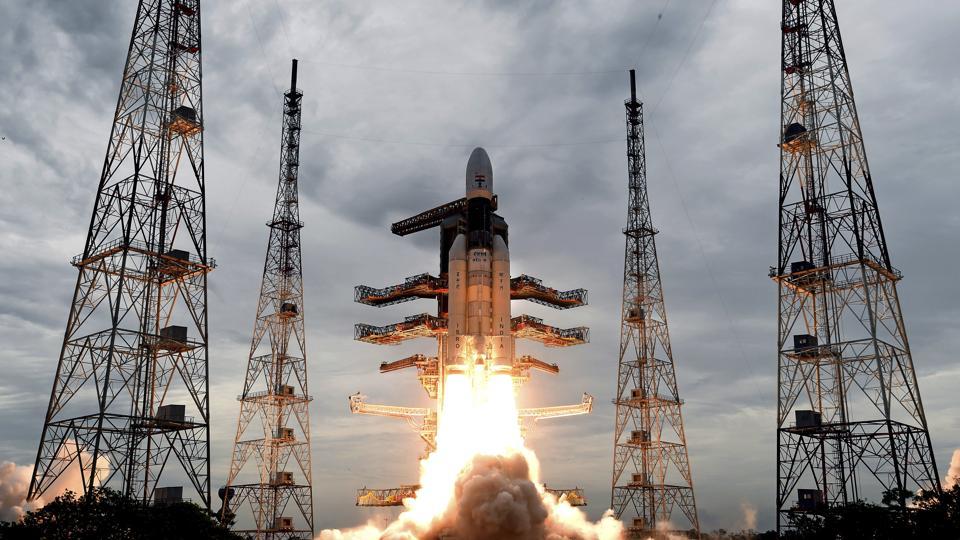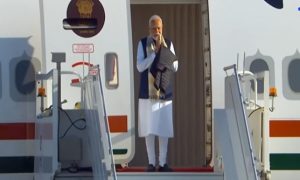In a crucial move on Wednesday early morning,Indian Space Research Organisation (ISRO) scientists will send the Chandrayaan-2 hurtling towards the moon. The spacecraft, which is currently revolving in a highly elliptical orbit around the Earth, will be injected in a trans-lunar path to cover most of the 384,400-km distance between the Earth and the moon.
The manoeuvre will raise the orbit to approximately 266×413,623 km and will happen between 3am and 4am when Chandrayaan-2 nears the highest point in the elliptical orbit around Earth.
“After launching Chandrayaan-2 on July 22, we did five manoeuvres. The Chandrayaan-2 composite body, including the orbiter, lander, and rover,is now revolving around the Earth. At around 3.30 am on August 14, we are going to have a manoeuvre called trans-lunar injection. By this manoeuvre, the Chandrayaan-2 will leave the Earth and move towards the moon,” said ISRO chairperson Dr K Sivan.
The spacecraft will stay in this path for seven days before being inserted into an orbit around the moon on August 20.
Just like around the Earth, the scientists will have to carry out ‘burns’ or firing of the on-board propulsion engines four times to get the spacecraft into a circular 100×100-km orbit around the moon.
This is where the orbiter will circle around for its mission life of one year. The lander-rover, on the other hand, will separate out and reduce the orbit to 100×30 km before attempting a soft landing on the South Pole of the moon on September 7 at 02.58 am.
This powered decent to the surface of the moon has been described as the “most terrifying 15 minutes”. On its journey towards the lunar surface, the lander-rover have to autonomously decide a landing site between craters Manzinus C and Simpelius N. The landing site has to be close enough to study the shadowy region within the craters, yet at a high point within the reach of the sunrays.
The landing will be aided by images from the on-board high resolution camera, which will be transmitted to Earth, processed and a landing site map uploaded to the lander-rover before the powered descent.
The lander-rover will conduct experiments for a lunar day, equivalent to 14 Earth days. If successful, Chandrayaan-2 will become the only mission in the world to land on the South Pole of the moon.




























 WhatsApp us
WhatsApp us